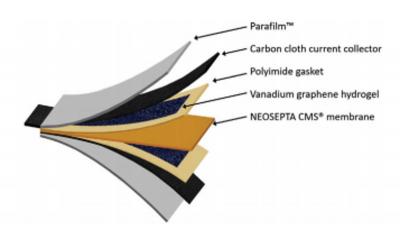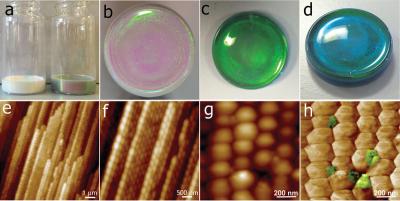A research team, which includes researchers from Penn State, the University of Virginia and Oak Ridge National Laboratory, in collaboration with industry partners Solvay and Oshkosh, has found that adding small amounts of graphene to the production process of carbon fibers - which are typically expensive to make - both reduces the production cost and strengthens the fibers and so could one day lead to using these lightweight, high-strength materials to improve safety and reduce the cost of producing planes and cars.
For decades, carbon fibers have been a mainstay of airplane production. If created in the right way, these long strands of carbon-based atoms are lightweight, stiff and strong. "Even though carbon fibers have really nice features, they would make a car far more expensive" with the way carbon fibers are manufactured now, said Adri van Duin, professor of mechanical and chemical engineering, Penn State. "If you can get these properties easier to manufacture then you can make cars significantly lighter, lower the cost of them and make them safer."








